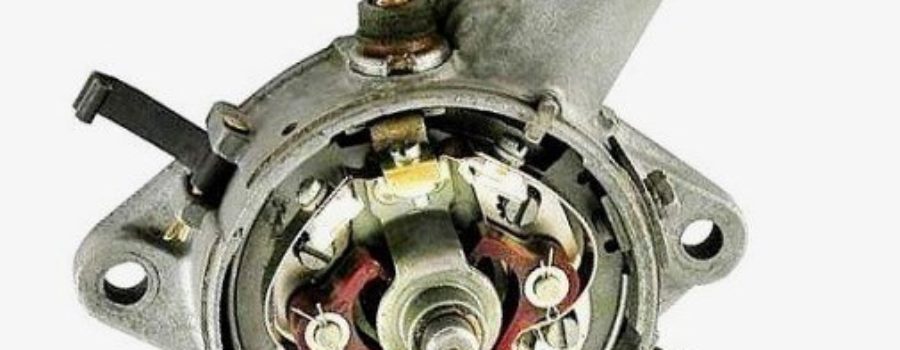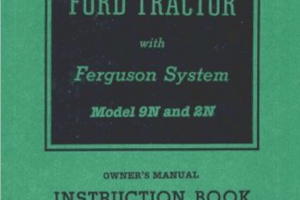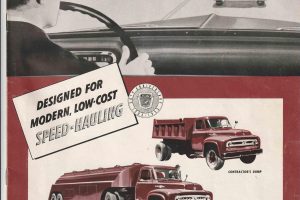Q: What is the advantage of dual points over single points?
A: Dual points were designed to extend the dwell time for the coil to saturate before firing. A single point dwell can only be so long (based on the distributor cam lobe and the point set proximity to it) and the problem comes in with higher RPM’s and the point wants to “float” or stay open because it can’t spring shut fast enough and that’s a problem. With dual points a single dwell phase is then spread out over 2 sets of points therefore allowing a longer saturation time for the coil. Use a dwell meter to set. The Flathead 1932-1948 all used a dual point arrangement that operated a little different. On these engines two sets of contacts are used ( drivers side and passenger side) as they bolt to the front of the engine. The drivers side set controls “case timing” ( position of the distributor body) as timing cant be adjusted like on a chevy etc. Once in position the dwell of the drivers side controls this basic setting. Each degree of dwell=2 degrees of crankshaft timing. The pass side then controls the total dwell for coil build up. Could be based on distributor that one set may be slightly different from the other. Ford then didn’t use dual points from 1949 to 1953…..











